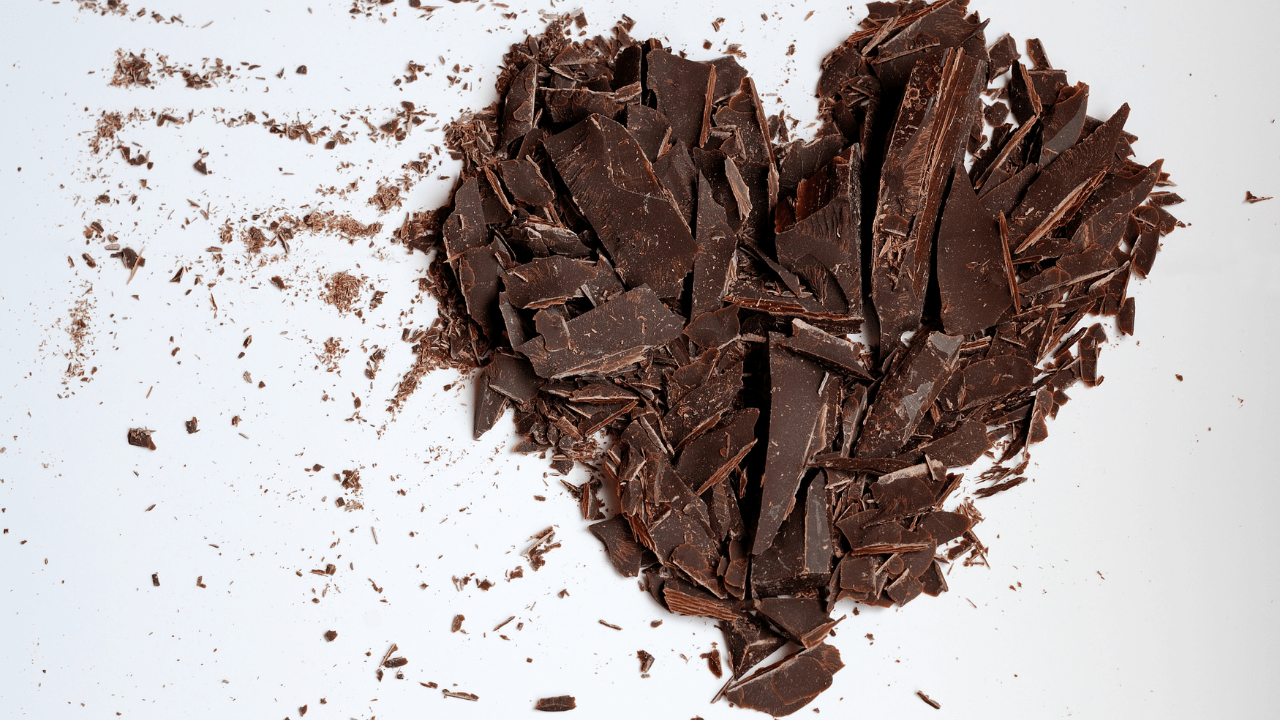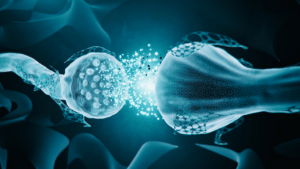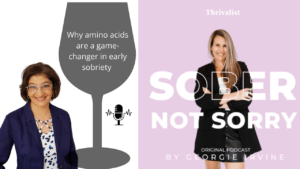The Happiness in Dark Chocolate
by Vanita Dahia
Consumption of chocolate escalates at times of celebrations, especially around Easter, Valentines day and Mothers day. After all, you can’t go wrong with gift of chocolates.
All chocolate if now bad for you. No need to feel the guilt with a dark chocolate.
Dark Chocolate is derived from the seed of the cocoa tree which been proven to have many benefits. Dark chocolate is loaded with organic compounds that are biologically active and function as antioxidants. These include polyphenols, flavanoids and catechins.
A 100g bar of 70-85% cocoa chocolate contains:
• 11 grams of fibre
• 67% of the RDI for iron
• 58% of the RDI for magnesium
• 89% of the RDI for copper
• 98% of the RDI for manganese
• potassium, phosphorus, zinc and selenium
Why is Dark Chocolate Good for You?
Dark Chocolate has many benefits:
Antioxidant
Cocoa and dark chocolate had more antioxidant activity, polyphenols and flavonoids than any other fruits tested, which included blueberries and acai berries.
Improve blood flow, lower blood pressure, and cholesterol levels and heart health
Flavanoids in dark chocolate can produce nitric oxide(NO), the mechanism of improving blood flow and stimulate the endothelium.
Cocoa has been found to decrease oxidized LDL cholesterol and increase the beneficial HDL cholesterol.[1]
Cocoa is protective to heart health.
Eating 100g/week of dark chocolate has been shown to lower the risk of calcified plaque in the arteries. Higher levels may negate the health benefits and induce adverse effects associated with high sugar consumption.[2]
Chocolate protects the skin from the sun
The minimal erythema dose (MED) is the minimum amount of UVB rays required to cause redness in the skin 24 hours after exposure. In one study of 30 people, the MED more than doubled after consuming dark chocolate high in flavonoids for 12 weeks.[4]
Does chocolate trigger the happiness brain chemicals?
Dark chocolate has been shown to improve brain function, improve blood flow to the brain, improve cognitive function, and verbal fluency.[3]
Cocoa contains stimulant substances like caffeine and theobromine, which may be a key reason why it can improve brain function in the short term.
The feeling of love or bliss as you devour a piece of chocolate is a beautiful biochemical process in the brain. The key love chemistry hormone is Phenylethylamine or PEA.
Ecstasy and Euphoria
Dark chocolate can trigger a feel-good response in many ways:
Brain chemicals:
- Endorphins: Dark chocolate stimulates the production of endorphins, which are natural painkillers produced by your body. Endorphins bind to opioid receptors in the brain, leading to feelings of pleasure and euphoria, similar to the “runner’s high”
- Neurotransmitters: Dark chocolate also influences neurotransmitters like dopamine and serotonin. Dopamine plays a role in motivation, reward, and pleasure, while serotonin is associated with mood regulation and feelings of well-being. Consuming dark chocolate can increase levels of these neurotransmitters, contributing to a happier mood.
- Phenylethylamine (PEA): This chemical is sometimes called the “love drug” because it creates a feeling of excitement and giddiness similar to what you might experience when falling in love. While the amount of PEA in chocolate is relatively low and quickly broken down by the body, it might contribute to the initial pleasurable sensation.
- Phenylethylamine (PEA) is a neurotransmitter, like dopamine, are neurotransmitter metabolites of an amino acid phenylalanine which creates a euphoric feeling of pleasure, reward, and joy, as it acts as an endogenous (or natural) amphetamine.
- Phenethylamine (PEA) is an organic compound, natural monoamine alkaloid, and trace amine, which acts as a central nervous system stimulant in humans. Phenethylamine functions as a monoaminergic neuromodulator, and to a lesser extent, a neurotransmitter in the central nervous system.
- Amphetamines as a drug is prescribed for ADHD as a central nervous system stimulant, producing the release of dopamine and noradrenaline. Dopamine is your “satisfaction” or “reward” hormone involved in energy, excitement, joy, libido and love – love for chocolates!!
PEA stimulates dopamine activity – no wonder we associate love with chocolates!
Know that PEA and Dopamine are at work when you savour the next piece of chocolate.
Testing neurotransmitters
PEA and Dopamine with other inhibitory and excitatory neurotransmitters can be measured with a simple urine test.
References
- Mursu J, Voutilainen S, Nurmi T, Rissanen TH, Virtanen JK, Kaikkonen J, Nyyssönen K, Salonen JT. Dark chocolate consumption increases HDL cholesterol concentration and chocolate fatty acids may inhibit lipid peroxidation in healthy humans. Free Radic Biol Med. 2004 Nov 1;37(9):1351-9. doi: 10.1016/j.freeradbiomed.2004.06.002. PMID: 15454274.
- https://healthhub.hif.com.au/general-medical/health-benefits-of-dark-chocolate-is-it-really-good-for-you#:~:text=Flavanols%20and%20magnesium%20in%20dark,plaque%20in%20arteries%20by%2032%25.
- Sasaki A, Mizuno K, Morito Y, Oba C, Nakamura K, Natsume M, Watanabe K, Yamano E, Watanabe Y. The effects of dark chocolate on cognitive performance during cognitively demanding tasks: A randomized, single-blinded, crossover, dose-comparison study. Heliyon. 2024 Jan 11;10(2):e24430. doi: 10.1016/j.heliyon.2024.e24430. PMID: 38268830; PMCID: PMC10803911.
- Lamport DJ, Christodoulou E, Achilleos C. Beneficial Effects of Dark Chocolate for Episodic Memory in Healthy Young Adults: A Parallel-Groups Acute Intervention with a White Chocolate Control. Nutrients. 2020 Feb 14;12(2):483. doi: 10.3390/nu12020483. PMID: 32075015; PMCID: PMC7071338.






